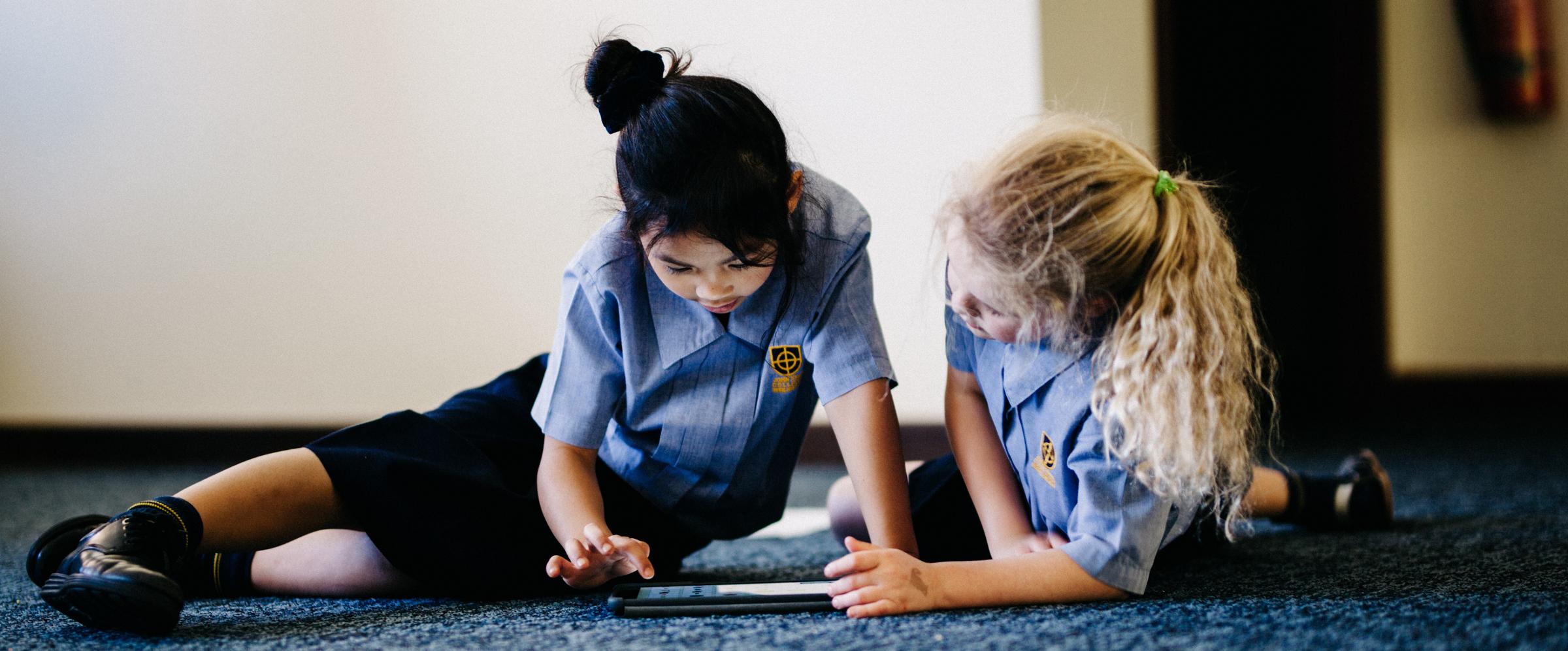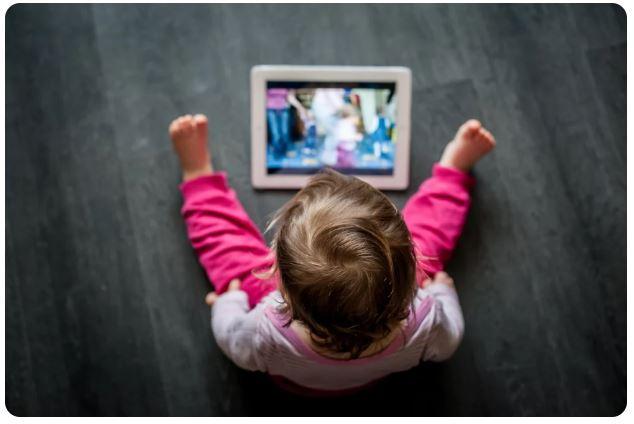Family Zone & Cyber Safety

Download Family Zone
Make use of the Family Zone Accounts which we are offering to John XXIII College families for free, as part of our College contract negotiations until 2020.
By setting up a private Family Zone account, you can apply age-appropriate parental controls on every device your child has access to, in any location. To find out more visit https://www.familyzone.com/johnxxiii-wa
All screen-time really IS created equal ... ish
While some recent research condemns the category “screen-time” as too broad to be meaningful, the World Health Organisation begs to differ. Its new guidelines, released late last month, recommend strict screen-time limits for children under five - no matter what they’re viewing or how they’re viewing it in.
Where other experts have put the emphasis on what children watch on a screen - the content, for good or ill, of the games and videos they consume - the WHO guidelines are solely concerned with how much they consume.
Quality-Schmality
In other words, quality isn’t really the issue. Quantity is.
No matter what kids are interacting with via a screen, there is a single common denominator: they’ll be sitting down to do it. Call it the bottom line of screen-time. And it’s that inaction - the sedentary nature of screen-time - that chiefly concerns WHO’s experts.
In that respect, the message is less about screens per se than it is about the importance of physical activity.
If our under-fives were sitting for hours at a stretch, immobilised by the wonder of books, presumably WHO would need to release reading-restriction guidelines. But that is not happening.
What is happening is kids swiping tablets and smartphones before they can crawl, and developing a habit of physical inactivity with serious repercussions for their health and wellbeing.
Sitting down: It's the bottom line of screen-time.
Failure to meet current physical activity recommendations is responsible for more than 5 million deaths globally each year across all age groups, according to WHO research.
Healthy habits for activity and sleep, established early in life, carry over into adolescence and beyond.
The new guidelines, developed by a WHO panel of experts, examined the effects on young children of sleep time, screen-time and time spent restrained in chairs and prams. The panel also looked at the interactions between these three variables and reviewed evidence around the benefits of increased activity levels.
WHO did not look at the impact of screen-time on the brain.
The big picture?
Critics of the approach have charged that the agency “missed the big picture.” “It’s not that the screen is potentially toxic, per se,” observes Michael Rich the director of the Center on Media and Child Health at Boston Children’s Hospital. “It is that it is a relatively impoverished stimulus for them compared to face-to-face interaction.” he says.
Rich would also like to see WHO develop recommendations for alternatives to screen-time. Otherwise, he points out, “Setting a screen time limit probably generates more guilt than enlightenment.”
WHO Recommendations at a glance:
Infants (less than 1 year) should:
- Be physically active several times a day in a variety of ways, particularly through interactive floor-based play; more is better. For those not yet mobile, this includes at least 30 minutes in prone position (tummy time) spread throughout the day while awake.
- Not be restrained for more than 1 hour at a time (e.g. prams/strollers, high chairs, or strapped on a caregiver’s back). Screen time is not recommended. When sedentary, engaging in reading and storytelling with a caregiver is encouraged.
- Have 14–17h (0–3 months of age) or 12–16h (4–11 months of age) of good quality sleep, including naps.
Children 1-2 years of age should:
- Spend at least 180 minutes in a variety of types of physical activities at any intensity, including moderate-to-vigorous-intensity physical activity, spread throughout the day; more is better.
- Not be restrained for more than 1 hour at a time (e.g., prams/strollers, high chairs, or strapped on a caregiver’s back) or sit for extended periods of time. For 1-year-olds, sedentary screen time (such as watching TV or videos, playing computer games) is not recommended. For those aged 2 years, sedentary screen time should be no more than 1 hour; less is better. When sedentary, engaging in reading and storytelling with a caregiver is encouraged.
- Have 11-14 hours of good quality sleep, including naps, with regular sleep and wake-up times.
Children 3-4 years of age should:
- Spend at least 180 minutes in a variety of types of physical activities at any intensity, of which at least 60 minutes is moderate- to vigorous intensity physical activity, spread throughout the day; more is better.
- Not be restrained for more than 1 hour at a time (e.g., prams/strollers) or sit for extended periods of time. Sedentary screen time should be no more than 1 hour; less is better. When sedentary, engaging in reading and storytelling with a caregiver is encouraged.
- Have 10–13h of good quality sleep, which may include a nap, with regular sleep and wake-up times.
(source: The World Health Organisation, www.who.int)


